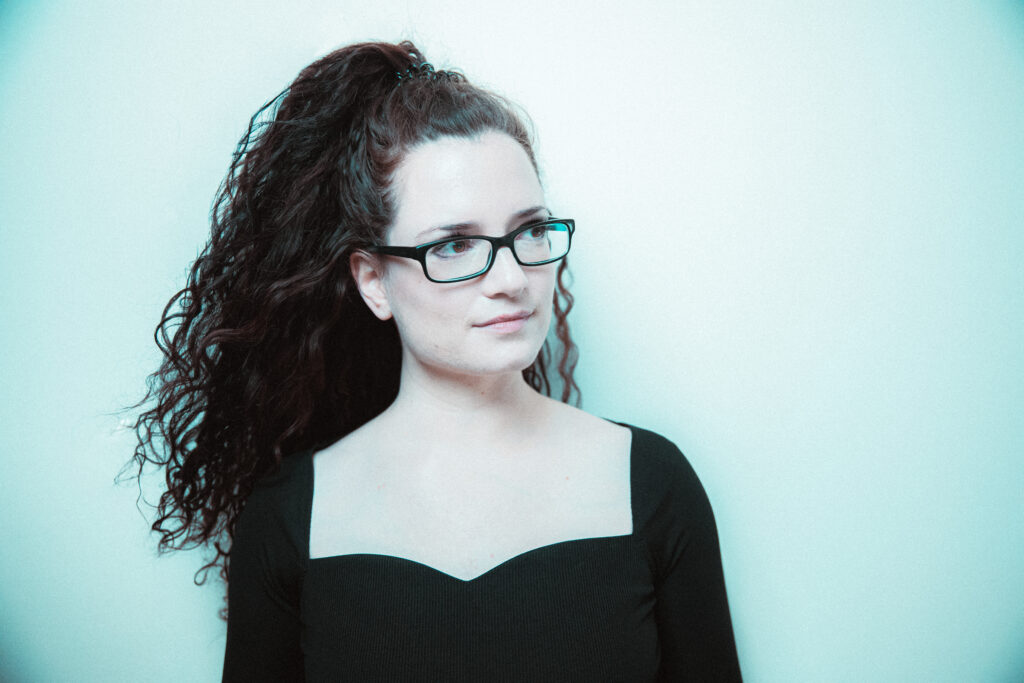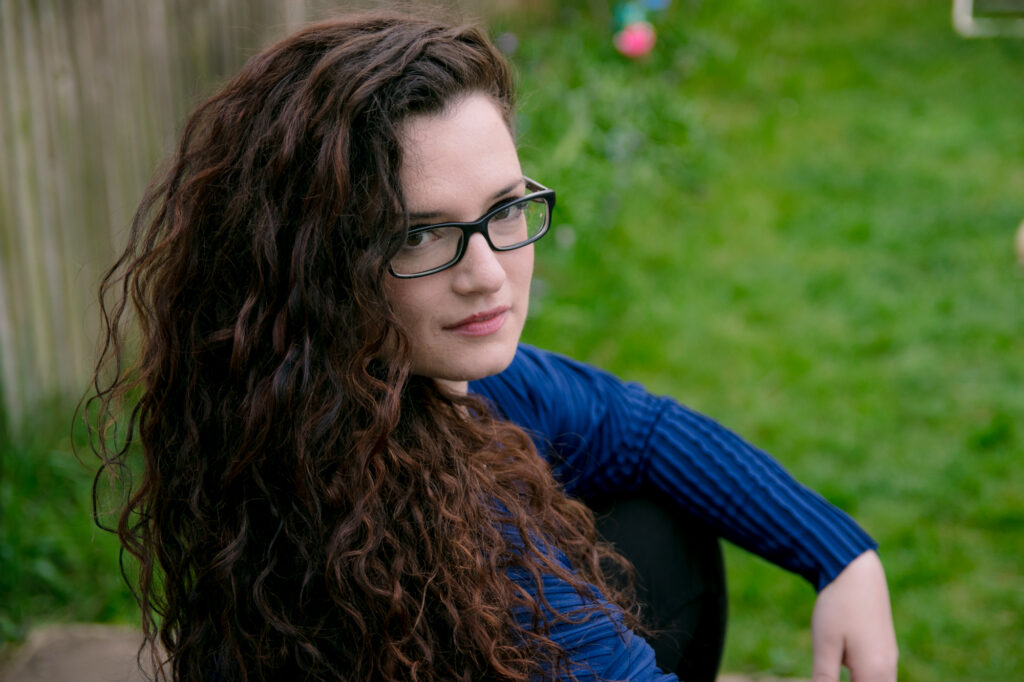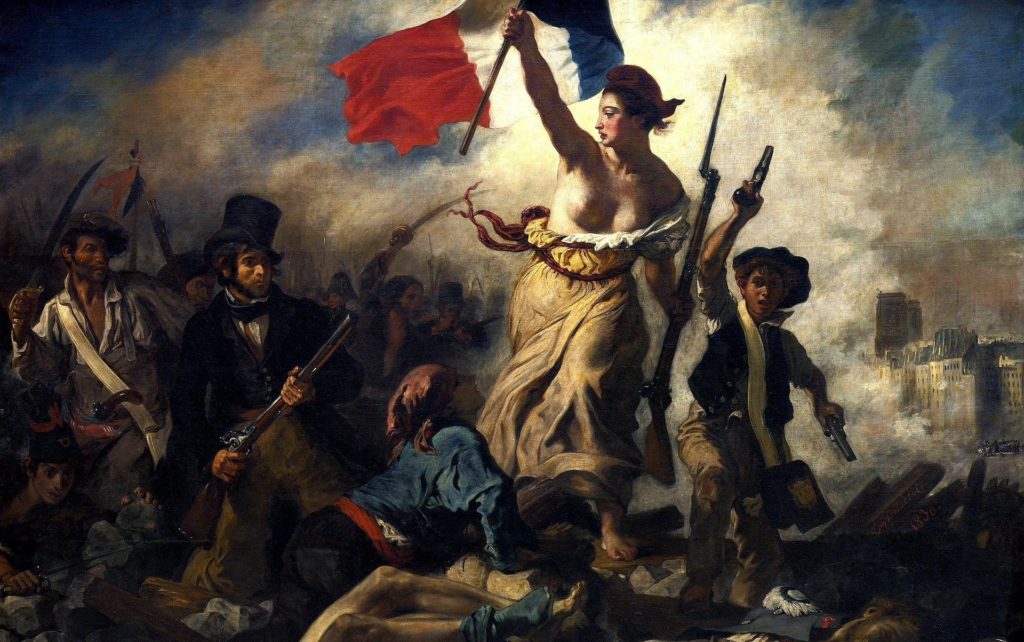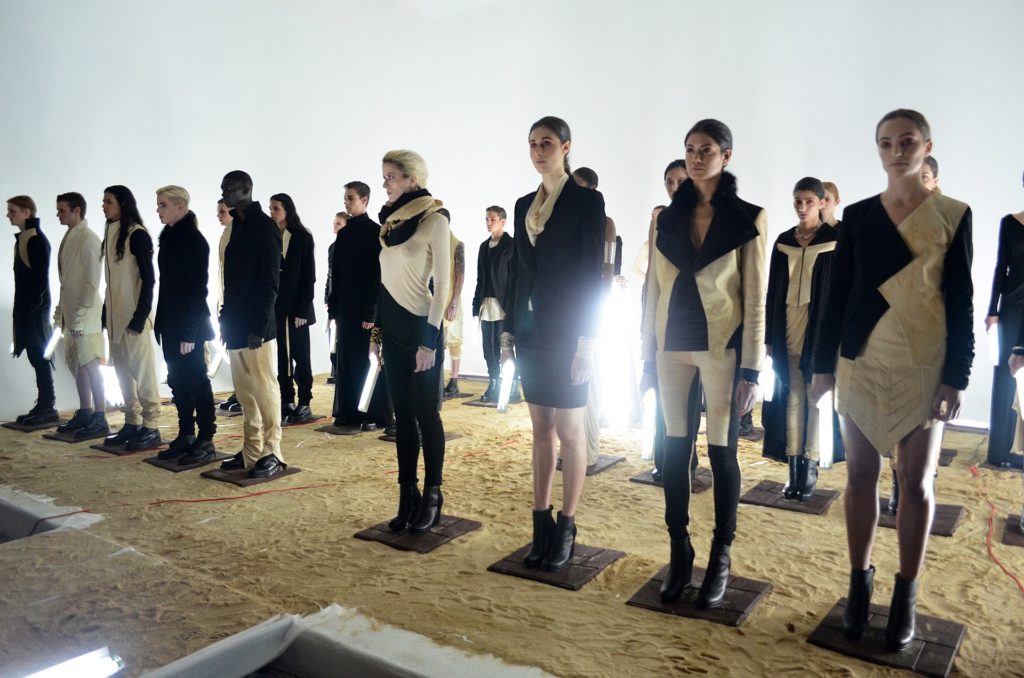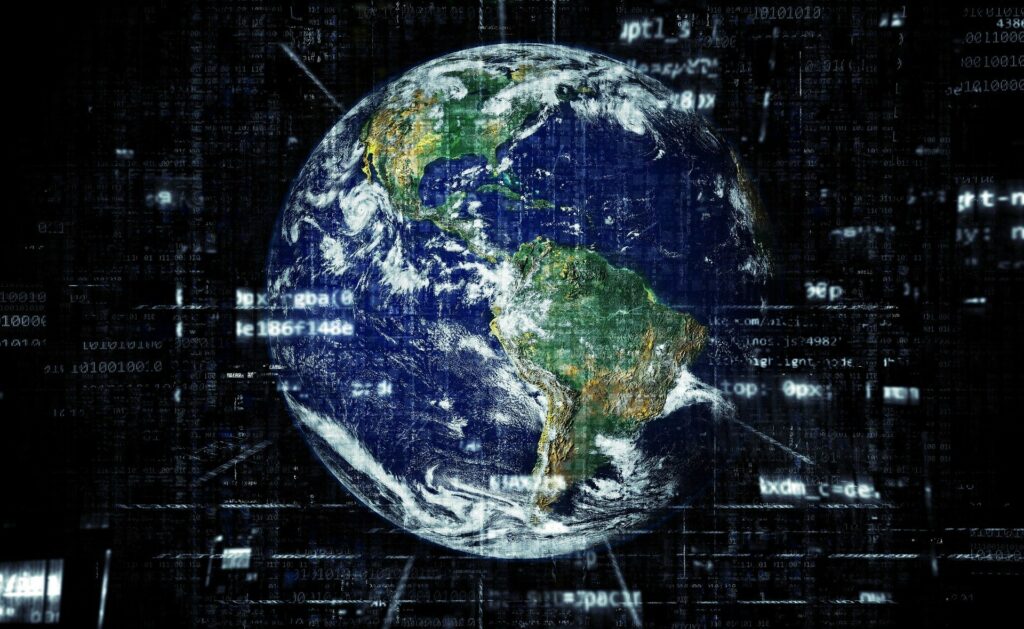

Digital world as a totality
Before the pandemic, there was some kind of partition between the “real world”, aka IRL, and the digital world, known as URL. Does it still stand true? Not so sure. Digital world has become a totality.
Do you remember buying physical music albums or DVDs? We don’t. Since COVID-19 hit the world, the digital world appeared as the new normal, and to be honest, that was already the case way before the pandemic.
Nowadays, we consume music, videos and more and more books in a digital form. We can rent an apartment (at least for vacation) on AirBnb, we can even buy food on Amazon and our clothes… well, on the same site.
Of course, many aspects of the standard day-to-day life remain physical: bookstores are still the main place where people buy books, supermarkets are still the one-stop shop where we purchase “essentials”, and when bars and restaurants will re-open (hopefully soon), we will go there again to chat and meet new people. It’s obvious.
But hey! Can we name one market, one product, one single realm that hasn’t been digitized, even a bit? We mentioned music, films, books, clothing and real estate, but what about art -with the rise of non-fungible token (NFT)-, what about eHealth -with the development of video consultation with doctors -, what about education -you probably have heard of something called online courses -, what about news media -this magazine never had a print existence -, what about dating, socializing, working, etc.
A few years ago, we could easily describe two different paradigms, which were at the same time two different realities. They are now intertwined with each other, more than ever.
Digital world has become something else than just a reality. It’s a global totality.


